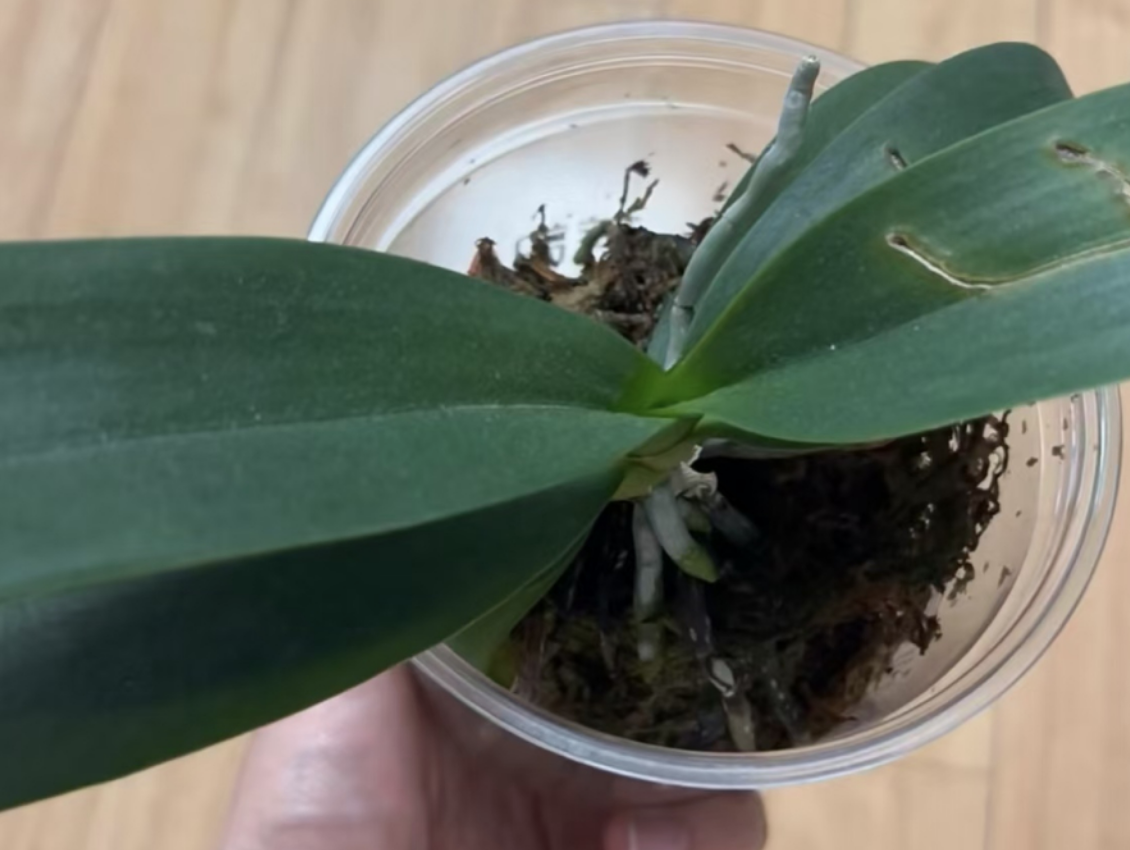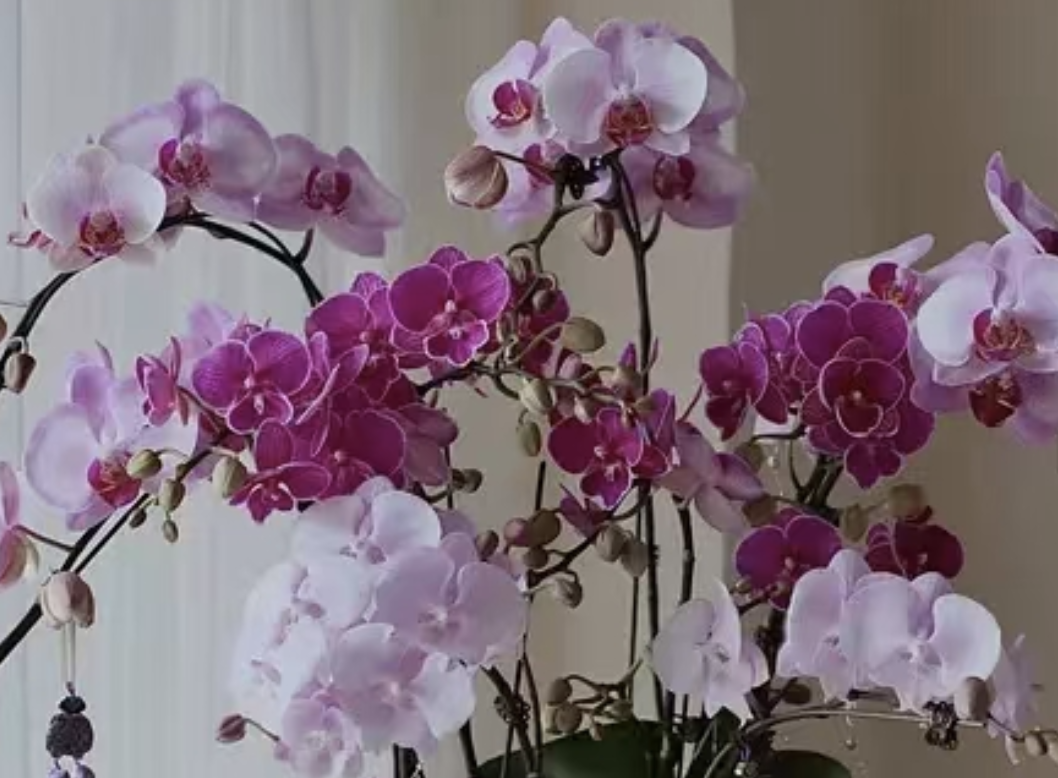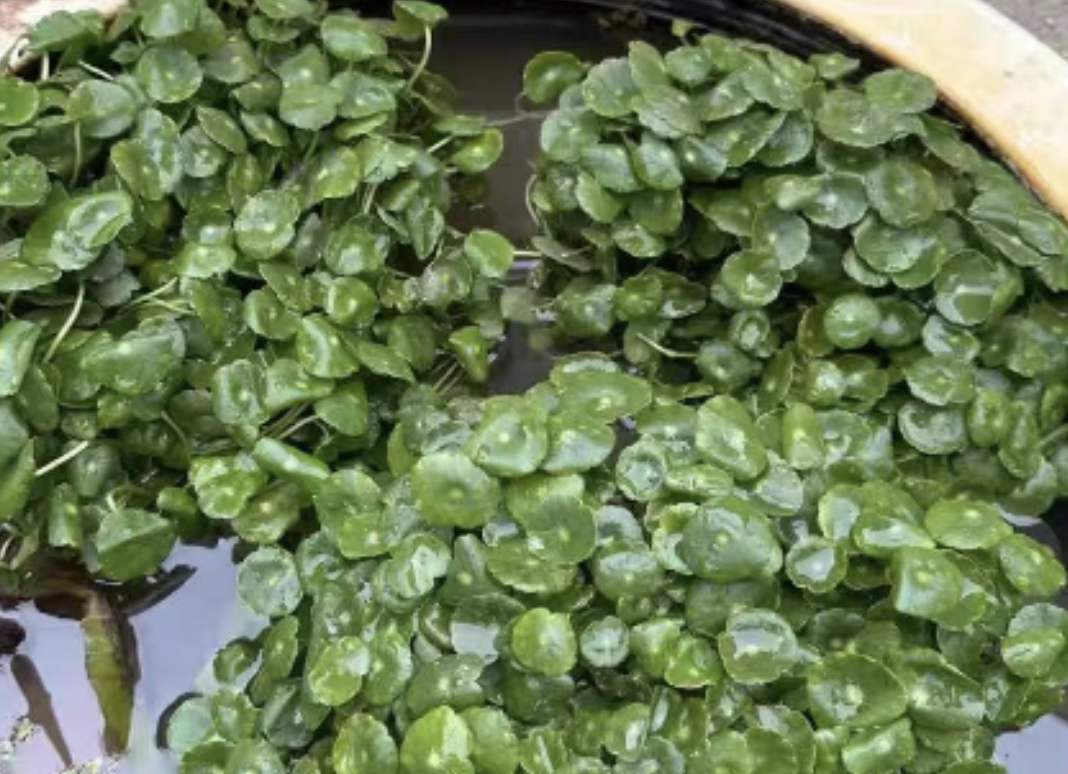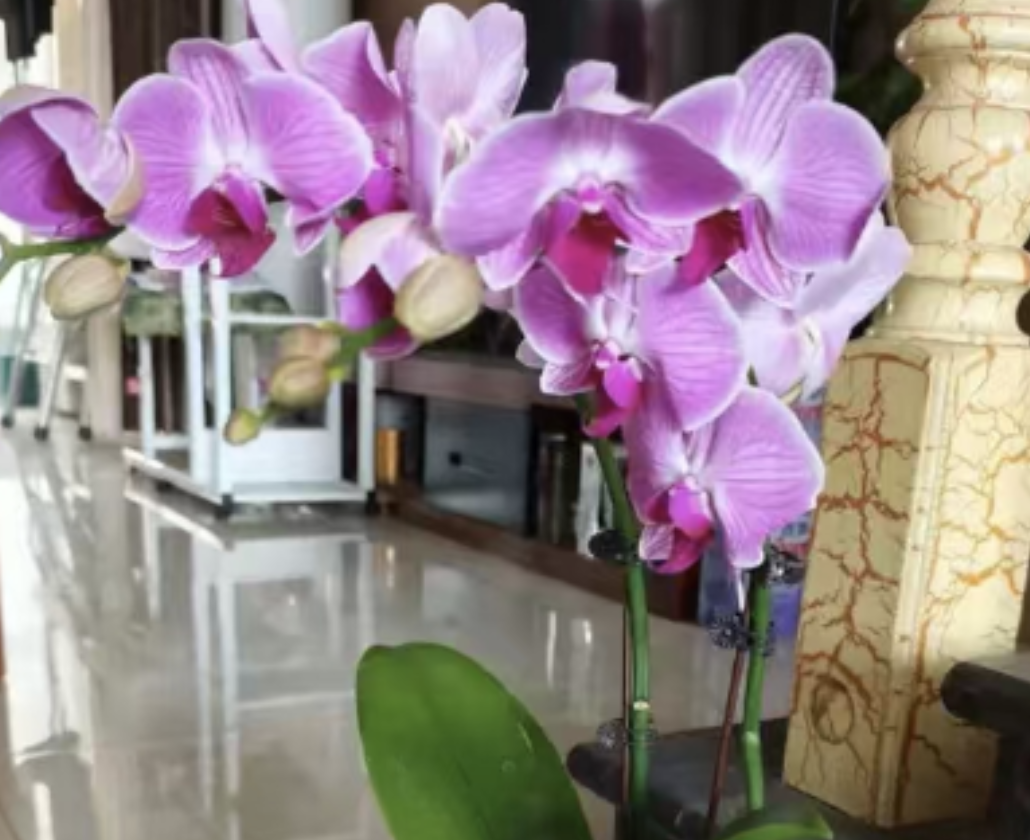Phalaenopsis is recognized by a large number of people mainly because it has a great variety of species, and the colors of its petals can meet the preferences of most people. For example, there are single-color series such as pure white, pink, and purple, as well as multi-color series with spotted or striped flower colors. Precisely because of this, many flower enthusiasts can't help but "splurge" and bring pot after pot of Phalaenopsis back home. However, in actual maintenance, there are quite a few difficult problems.
Among the numerous problems of Phalaenopsis, the most puzzling one for flower enthusiasts is probably the cracking in the middle of the plant's leaves. Recently, a flower enthusiast left a message for me, asking, "The indoor temperature in my home is around 18 degrees Celsius. The plant can receive about 3 hours of sunlight every morning, and I also fertilize the leaves of the plant every 3 to 4 days. Now the growing medium is moist, but there is not too much waterlogging. The scary thing is that the leaves have cracked in the middle. Which part of the process has gone wrong?"
Before answering the above flower enthusiast's question, I really can't help but give you a thumbs-up. Your maintenance environment and care methods are really quite excellent! It can be seen that you may be naturally talented in growing flowers and plants, or you might have an expert in flower cultivation giving you guidance.
Regarding the cracking in the middle of the leaves you mentioned, it is recommended that you don't worry too much, because this is not a sign that the plant is sick or infected with any pests. On the contrary, it is a manifestation of taking extremely good care of it.
Generally speaking, if a plant receives relatively strong sunlight, its leaves will turn yellow. However, besides the yellowing of the leaves, the plant will also become plump and sturdy, and it will be more likely to bloom. That is to say, everything has two sides.
The reason for the cracking in your case is that the leaves have grown too thick and plump. Although this phenomenon is not particularly common, it is not impossible either. It's just like the frozen river surface in winter. When the ice is extremely thick, sometimes some cracks will appear inexplicably. In fact, it is because of overly vigorous growth. All in all, the cracking of the leaves of your plant is not a bad thing. It shows that you have made the plant thrive.
Solutions to Phalaenopsis-related Problems

Share with
Tagged in :




Leave a Reply